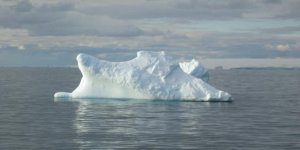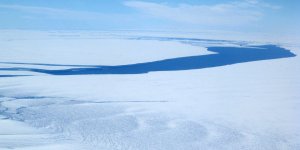| News / Science News |
Seeing Shock Waves
EARTH OBSERVATORY | OCTOBER 8, 2015
If you have ever heard a clap of thunder, the boom of fireworks, or the roar of a supersonic jet, you already know how shock waves sound. Now a team of NASA researchers has generated images that show how the remarkable waves look.
The team used a modern version of a 150-year-old German photography technique called Schlieren imaging to show shock waves streaming from jets flying at supersonic speeds. Shock waves are narrow regions of air where pressure, temperature, and density characteristics are drastically different than surrounding areas.
Shock waves occur when objects move faster than the speed of sound, which is 1,236 kilometers (768 miles) per hour.
Specialized image-processing techniques were required to produce the images. Researchers first collected a series of photographs on a speckled background pattern. They then used computer algorithms and image processing software to deduce the locations of the shock waves based on distortions of the background pattern—an approach called the background-oriented schlieren technique.
While either the land surface or the Sun can serve as the background, using a celestial body is simpler and cheaper because the camera can be located on the ground rather than on a second airplane.
YOU MAY ALSO LIKE




